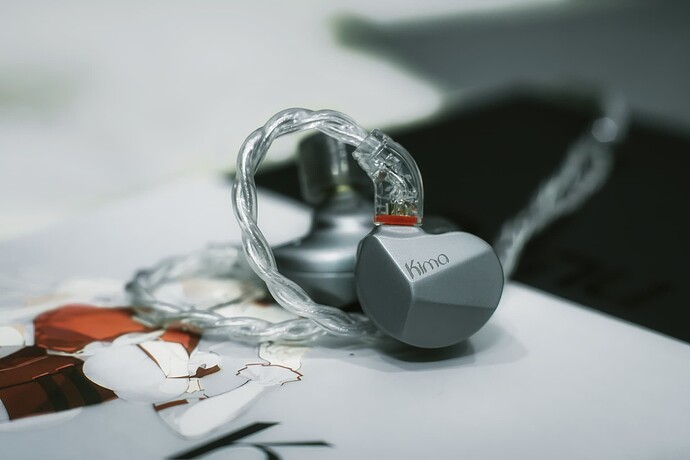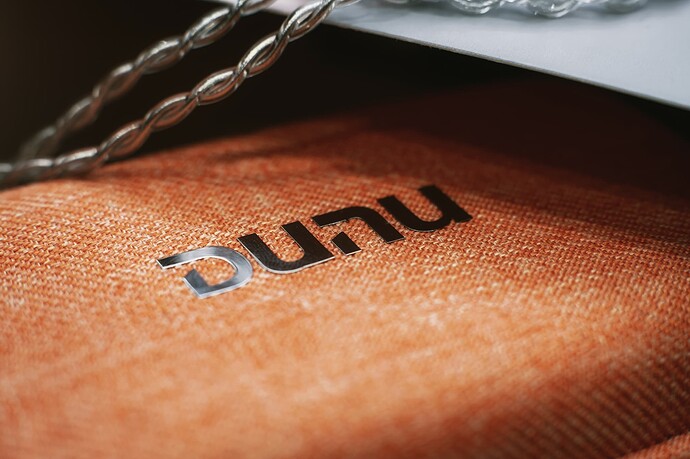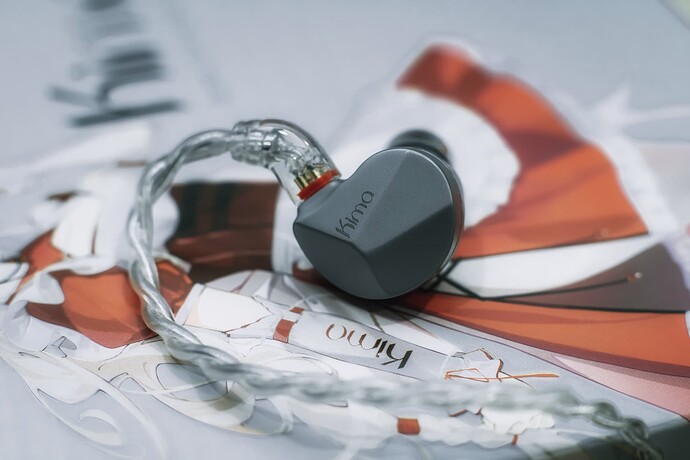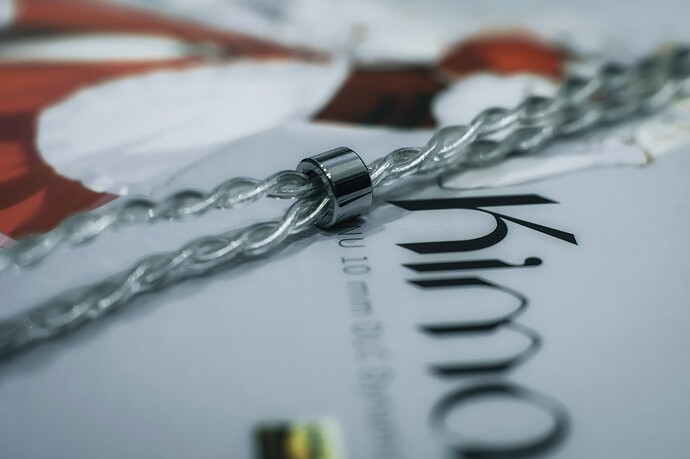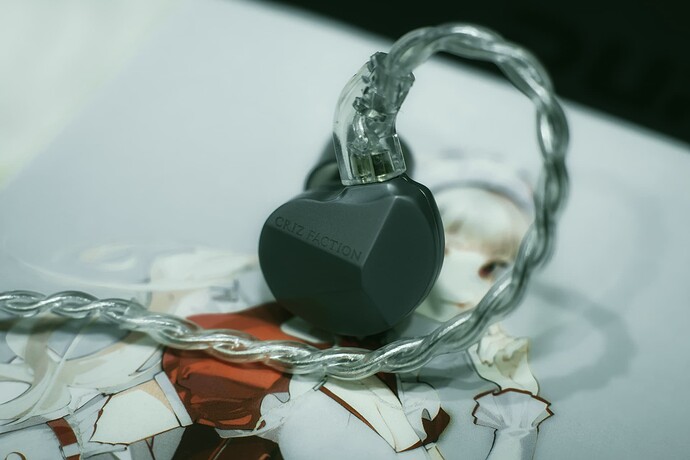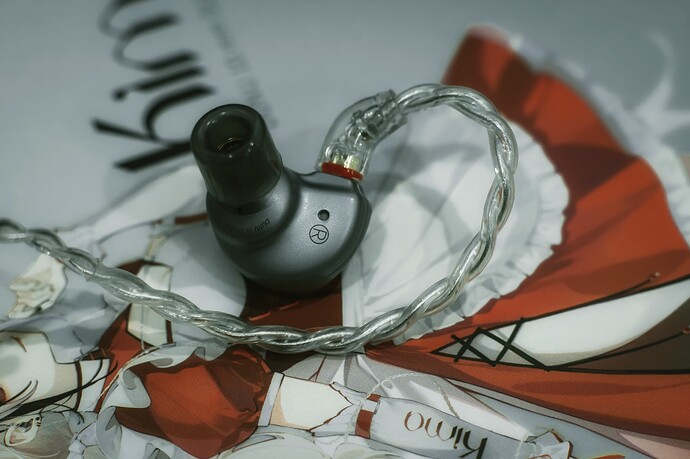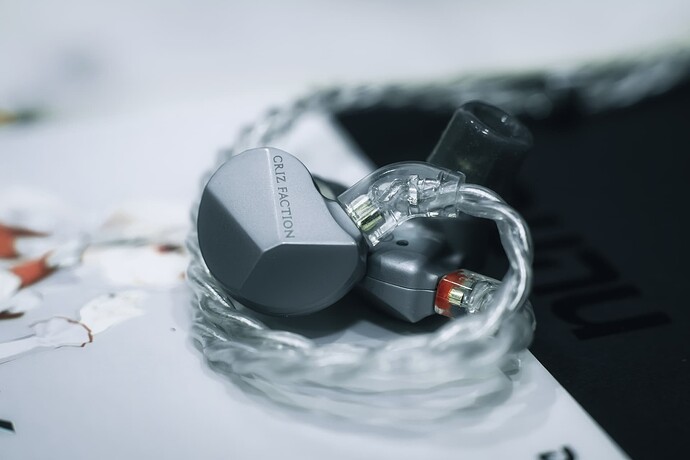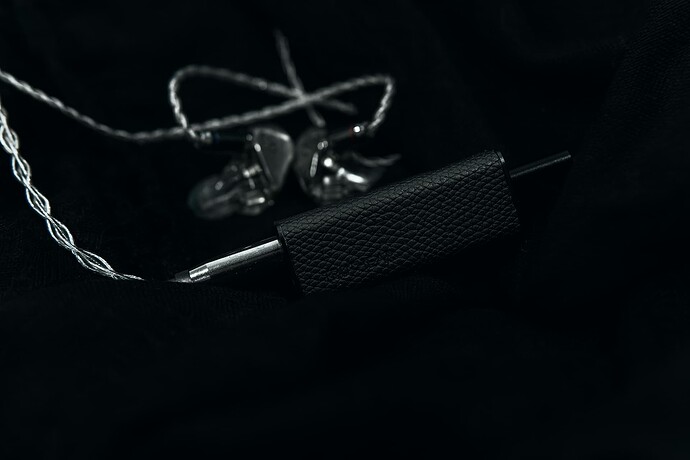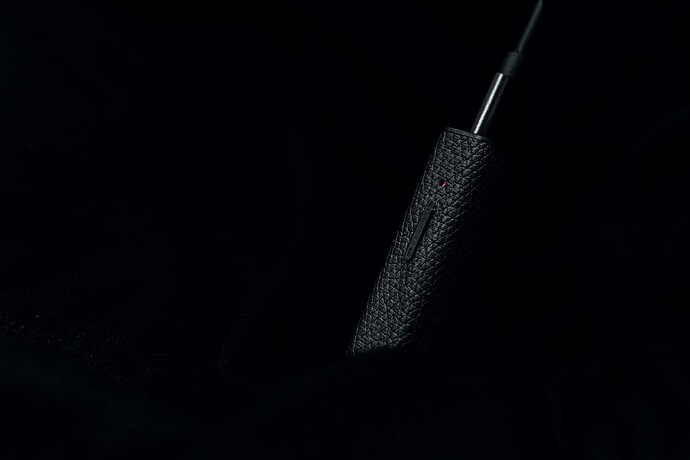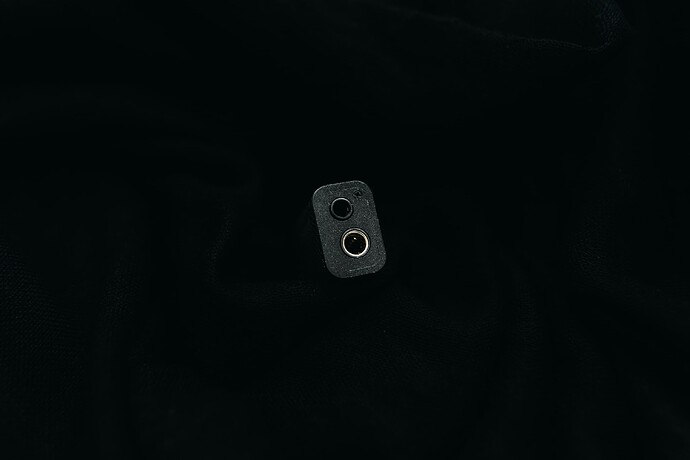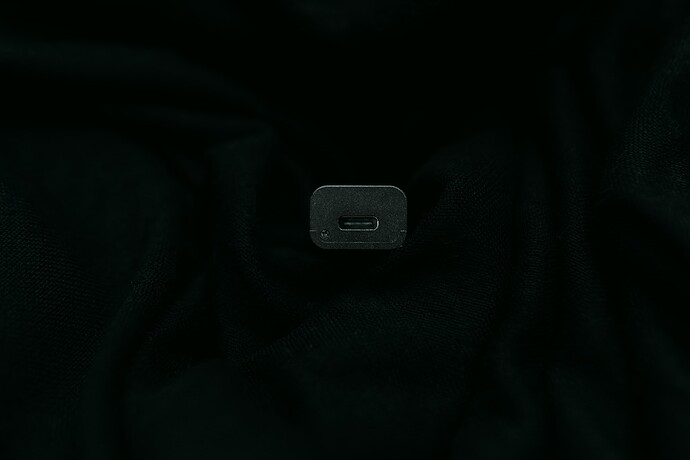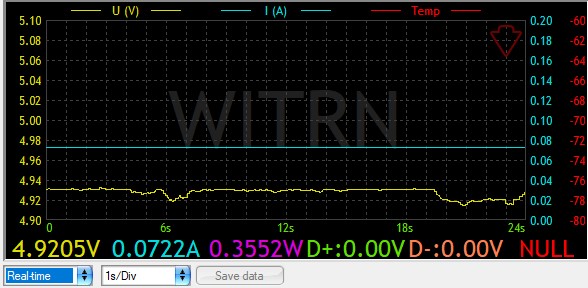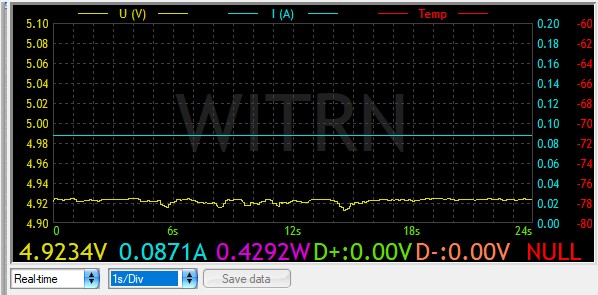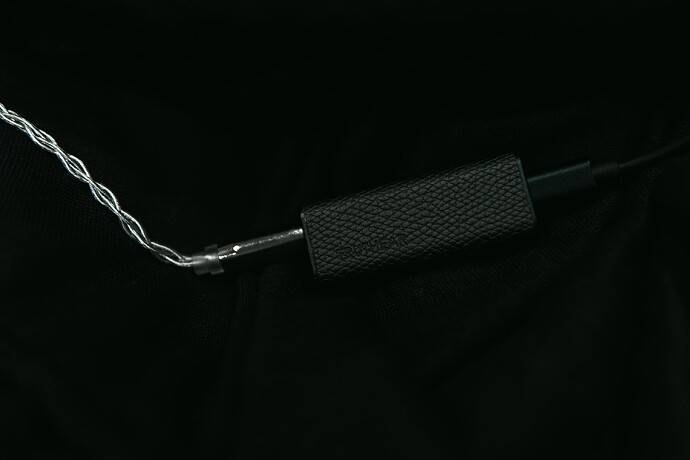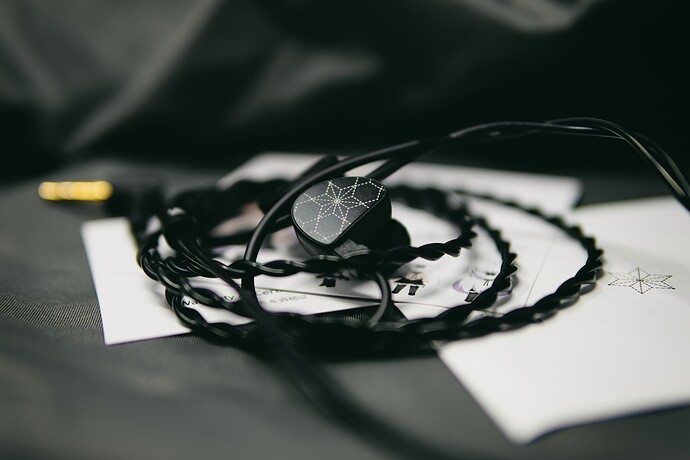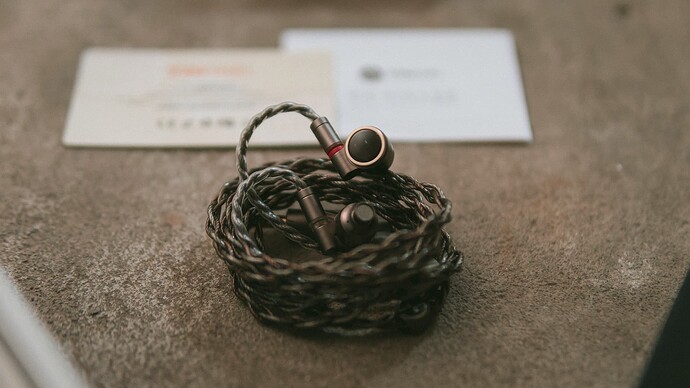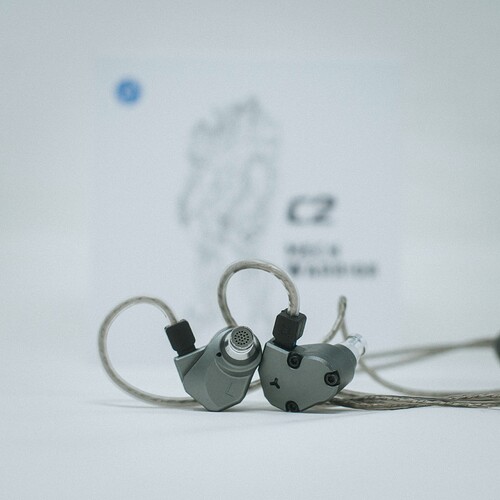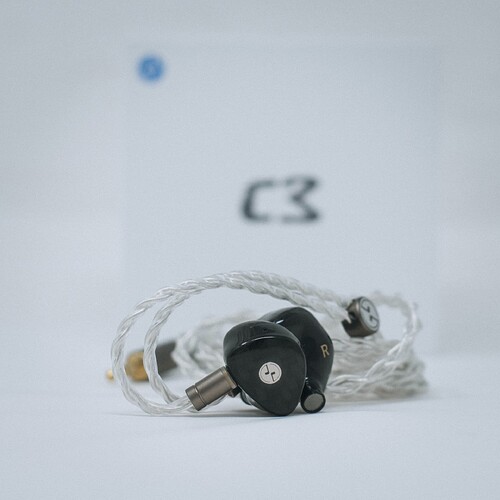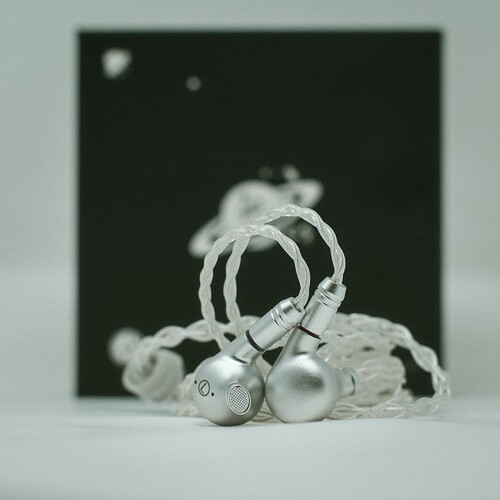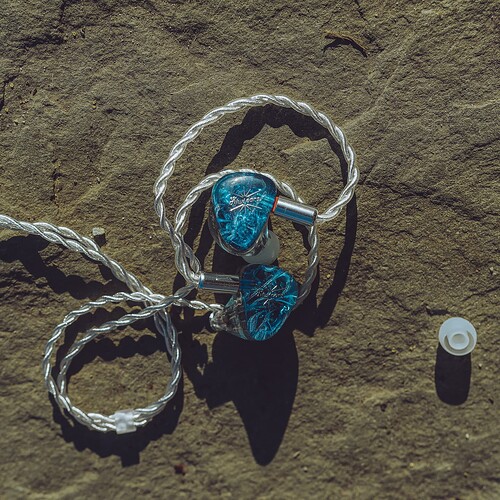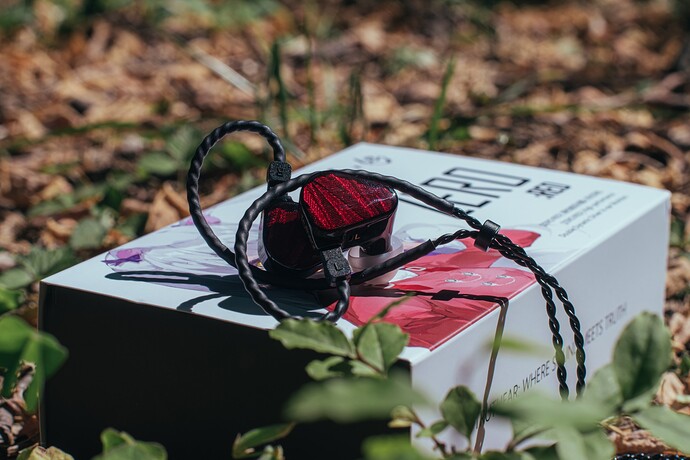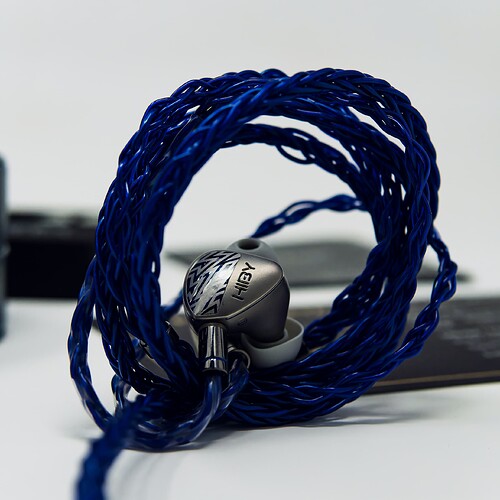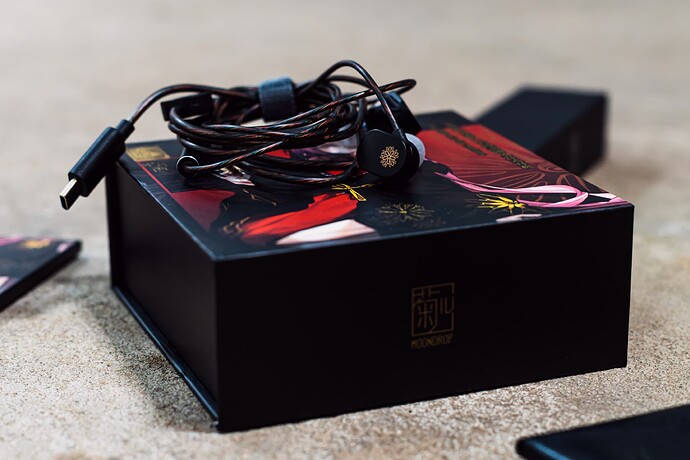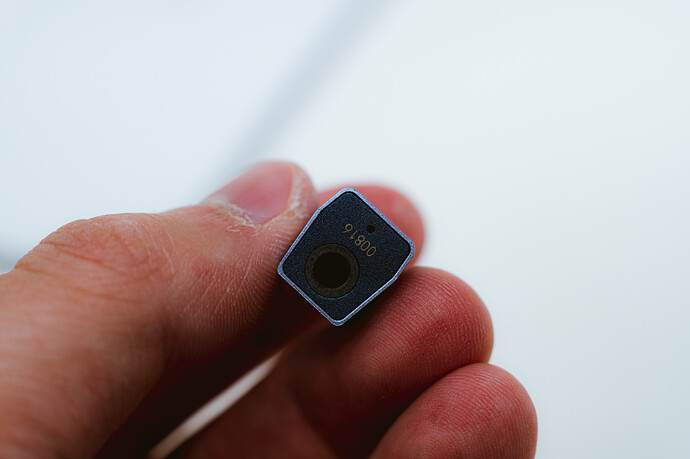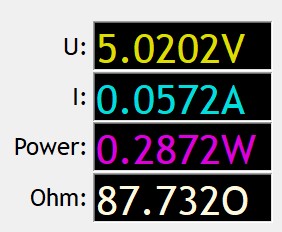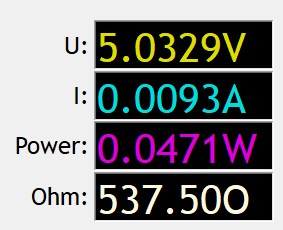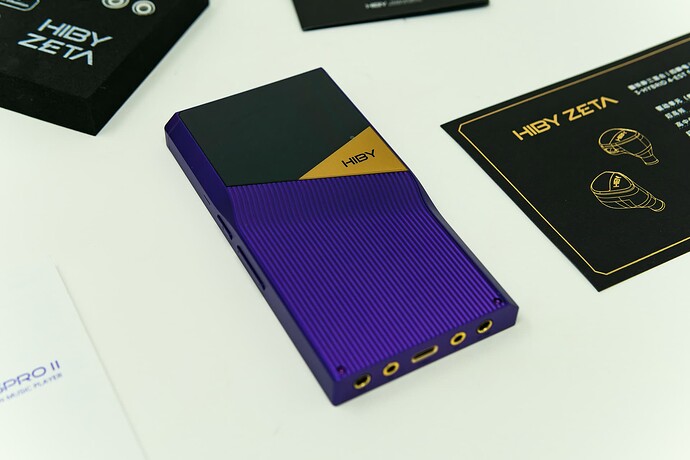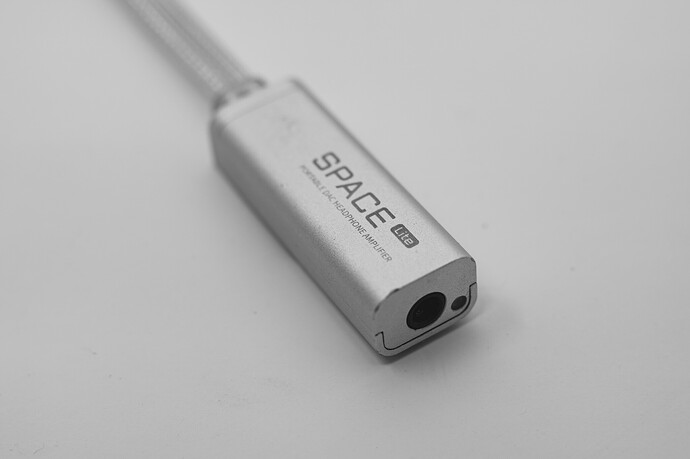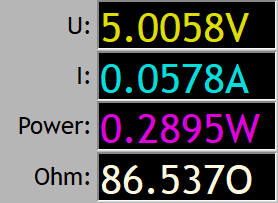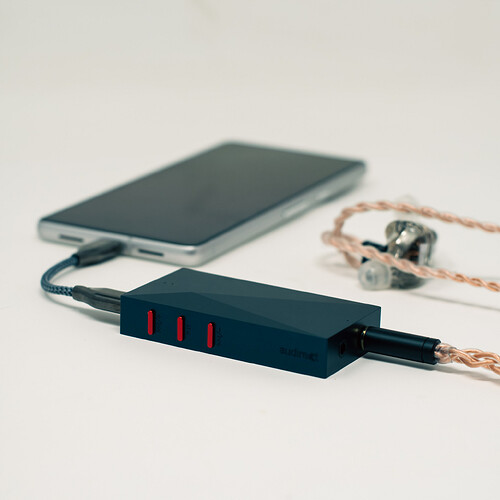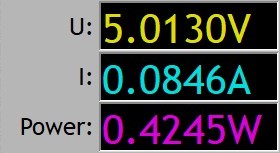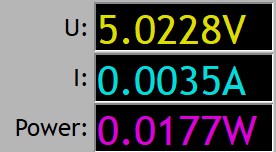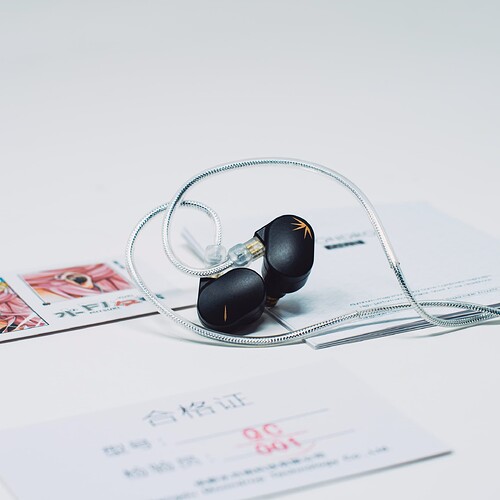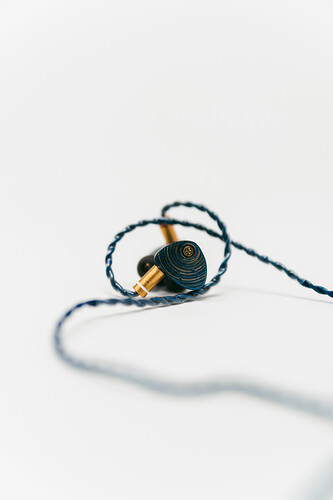Dunu Kima Review
INTRODUCTION AND DISCLAIMERS:
The Dunu Kima is an in-ear monitor (IEM) that uses one 10mm dynamic driver per housing. The Kima retails for $109.99 directly from Dunu. Dunu sent me a unit in exchange for my impressions.
SOURCES:
I have used the Dunu Kima with the following sources:
- Qudelix 5K
- Hidizs S9
- Truthear Shio
PACKAGING AND ACCESSORIES:
The Dunu Kima comes in a rectangular black box with a light grey slipcover. The Kima’s slipcover features an anime waifu wearing a maid outfit. Technical specifications for the Kima are provided on the back of the slipcover in Chinese, English, and Japanese. The Kima includes a zippered semi-rigid carry case and nine pairs of eartips in three different varieties. There are three pairs of Dunu Stage & Studio (S&S) eartips (S, M, L), three pairs of Dunu Candy eartips (S, M, L), and three pairs of generic silicone eartips (S, M, L). The Kima, like the Dunu Talos, includes an instruction manual for Dunu’s modular cable termination system even though the included 2-pin cable does not use this system. Finally, the Kima includes a cleaning brush, a microfiber cloth, and a 3.5mm to 1/4" jack adapter.
BUILD QUALITY AND DESIGN:
The Dunu Kima has zinc alloy housings with a non-reflective, nearly matte finish. The faceplates have four sub-faces. On the left earpiece, the bottom edge of the sub-face closest to the 2-pin connectors is printed with the text “CRIZ FACTION.” “Kima” is printed in this same spot on the right earpiece. There is a circular vent with a paper blocker offset from the 2-pin connector on the inner face of the housing body. “L” and “R” indicators are printed in dark grey on the opposite side of this vent from the 2-pin connector. There is a second, smaller circular vent at the base of the nozzle. “DUNU 10 mm DLC DYNAMIC” is printed in a radial pattern around this vent on both earpieces. The nozzles are brass with metal mesh covers. The nozzles have substantial lips with which to secure eartips. The 2-pin connectors are flush with the housings. The 2-pin connectors are very snug, perhaps too much so.
The hefty monocrystalline silver-plated copper cable uses a quad-braid pattern below the Y-split and double-helix patterns above it. The cable hardware is mostly polished alloy. The Y-split hardware is branded with the Dunu logo. The 3.5mm jack hardware has a straight form factor. My biggest issue with the cable is the red rubber accent at the base of the 3.5mm jack, which detracts from the otherwise elegant aesthetic. There is substantial strain relief above the jack but none at the Y-split. There is a metal chin adjustment choker. The cable uses pre-formed earguides, and the 2-pin connectors are embossed with “L” and “R” indicators. The cable is quite microphonic even with the use of the chin adjustment choker.
COMFORT, FIT, AND ISOLATION:
The Dunu Kima is intended to be worn cable-up. The earpieces have a shallow insertion depth. The Kima is very comfortable, but isolation and secureness of fit are below average. The earpieces require frequent readjustment to maintain a good seal. I recommend either using the included Dunu S&S tips or the largest possible size of your preferred third-party eartip with the Kima. I did experience some driver flex with a medium-size Dunu S&S eartip on the right side. For reference, my right ear canal is smaller than my left.
MEASUREMENTS:
My measurements of the Dunu Kima can be found on my expanding squig.link database:
Dunu Kima — Squiglink by Bedrock Reviews
SOUND:
The Dunu Kima has a Harman-ish tuning. The Kima has a more pronounced sub-bass emphasis and a more distinct pinna gain peak than many of its peers that opt for more relaxed transitions in these frequency ranges.
The Kima has good sub-bass extension. There is a 7.5 dB bass boost relative to the lower midrange. This imparts enough impact and slam to percussion hits to satisfyingly render energetic electronic music. Bass articulation is good, but bass resolution leaves a little to be desired. Bass texture is average, while bass dynamics are better than average. I do not hear mid-bass bleed.
The Kima has a distinct pinna gain region centered at around 2.5 kHz. There is not as much vertical separation between male vocals and dense instrumentation as I would like. With that said, the Kima does a good job of balancing between the two and not burying distorted electric guitar riffs beneath harsh male vocals. Analog percussion fares less well in terms of overall emphasis but avoids timbral compression, which is a win for the Kima. There is a tinge of boominess to male vocals which impairs male vocal intelligibility, even if only slightly. Female vocals sound deeper and more subdued than I am used to. While this avoids any potential sibilance, I felt myself wishing for a bit more energy and zing to female vocals.
The Kima attempts to placate the treble-sensitive without compromising detail retrieval. This effort bears mixed results. The Kima has a smooth, relaxed lower treble response. The Kima tries to offset this with a heavy dose of upper treble. The Kima’s upper treble extension is excellent for a single dynamic driver design at this price point. However, the uneven application of treble creates a discongruity between the leading edge of notes, which are not emphasized enough, and the trailing edge of notes, which are too emphasized. In the end, detail retrieval is merely average, as are instrument separation and soundstage.
AMPLIFICATION REQUIREMENTS AND SOURCE PAIRING:
Reaching my typical listening volume with the Apple dongle required the system volume on my Android device to be maxed out. Note that I use Spotify Volume Normalization on the “Normal” setting. Even then, it was clear to my ears that the Apple dongle could not drive the Dunu Kima competently. The Kima’s bass performance in particular took a noticeable step back. I strongly recommend using a source other than the Apple dongle with the Kima. I did not notice hiss with any of my devices.
CLOSING WORDS:
The Dunu Kima is fun to listen to but does not stand out compared to its similarly-priced competitors in terms of technical proficiency. I would pass on this one.
The Dunu Kima is available for purchase below:
KIMA | DUNU (dunu-topsound.com)
